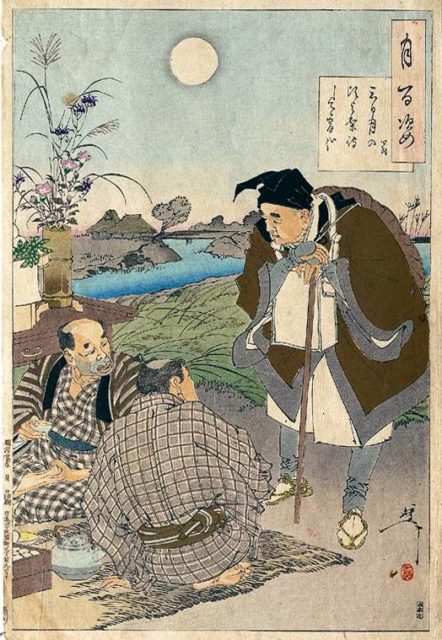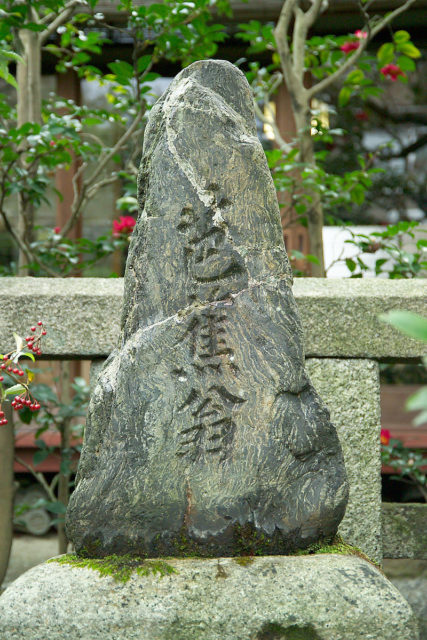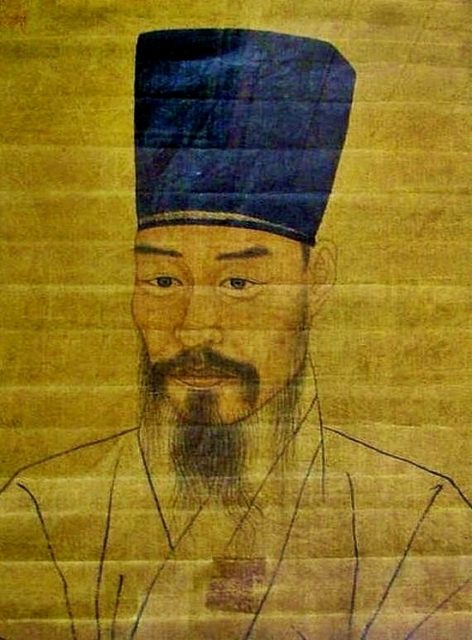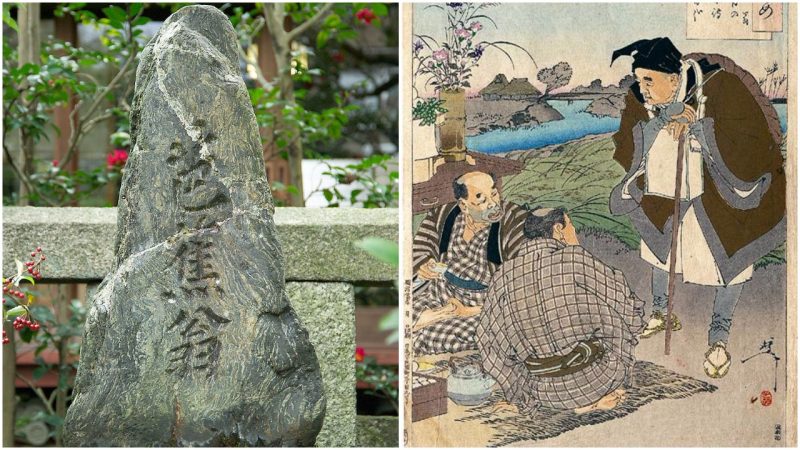Poetry as a literary form often deals with human mortality, the inevitability of death, and the grief that people endure after their loved ones pass away.
In the Western literary tradition, there are some genres of poetry that deal exclusively with death, and each of the genres approaches death from a different standpoint. For example, a lament is a poem that is a reflexive expression of grief, and an epitaph is usually a short poem honoring a departed person.

The literary tradition of East Asia introduced another genre of poetry that focuses on death: the death poem. The death poem refers to one or several poems written shortly before the death of the author. Such poems are considered special because they reflect the author’s final thoughts and their way of addressing the imminence of death. They are final statements and thus are often infused with powerful imagery and contemplative motifs.
Poetry has always been an essential part of Japanese culture, and the death poem genre most likely originated in Japan where an ancient custom was to write a short statement on one’s deathbed. In Japan, death poems are often written in the form of haiku, and are traditionally graceful and emotionally neutral.
Matsuo Batsho, a famous Japanese poet from the 17th century, wrote his death poem while dying of a stomach illness, surrounded by his disciples:
Falling ill on a journey
My dreams go wandering
Over withered fields

Some Japanese poets approach the subject of death in a more tongue-in-cheek manner. Toko, a Zen monk from the 18th century, wrote a rather ironic death poem which mocks the tradition:
Death poems
Are mere delusion –
Death is death

Death poems also appear in Chinese and Korean traditions, but they differ from the Japanese concept. In China and Korea, death poems were mostly written by those who were sentenced to death. They would recite their poems before their own execution. Through these poems, they often expressed loyalty to their cause and emphasized that they were not afraid of dying.
Cho Gwang-jo, a Korean neo-Confucian reformer was sentenced to death by conservatives who opposed his reforms. He was ordered to drink a flask of poison, and before drinking it he recited his death poem:
Loved my sovereign as own father
Worried over country as own house
The bright sun looking down upon earth
Shines ever so brightly on my red heart

The tradition of death poems still exists, especially in Japan, where death poems are written by ordinary people as well as by poets and writers.
In Western culture, death poems are not particularly common, but many artists face death by producing exceptional final statements. For example, David Bowie’s “Blackstar” and Leonard Cohen’s “You Want It Darker”, both released shortly before the death of their creators, are the final contemplations of two unforgettable modern artists.
